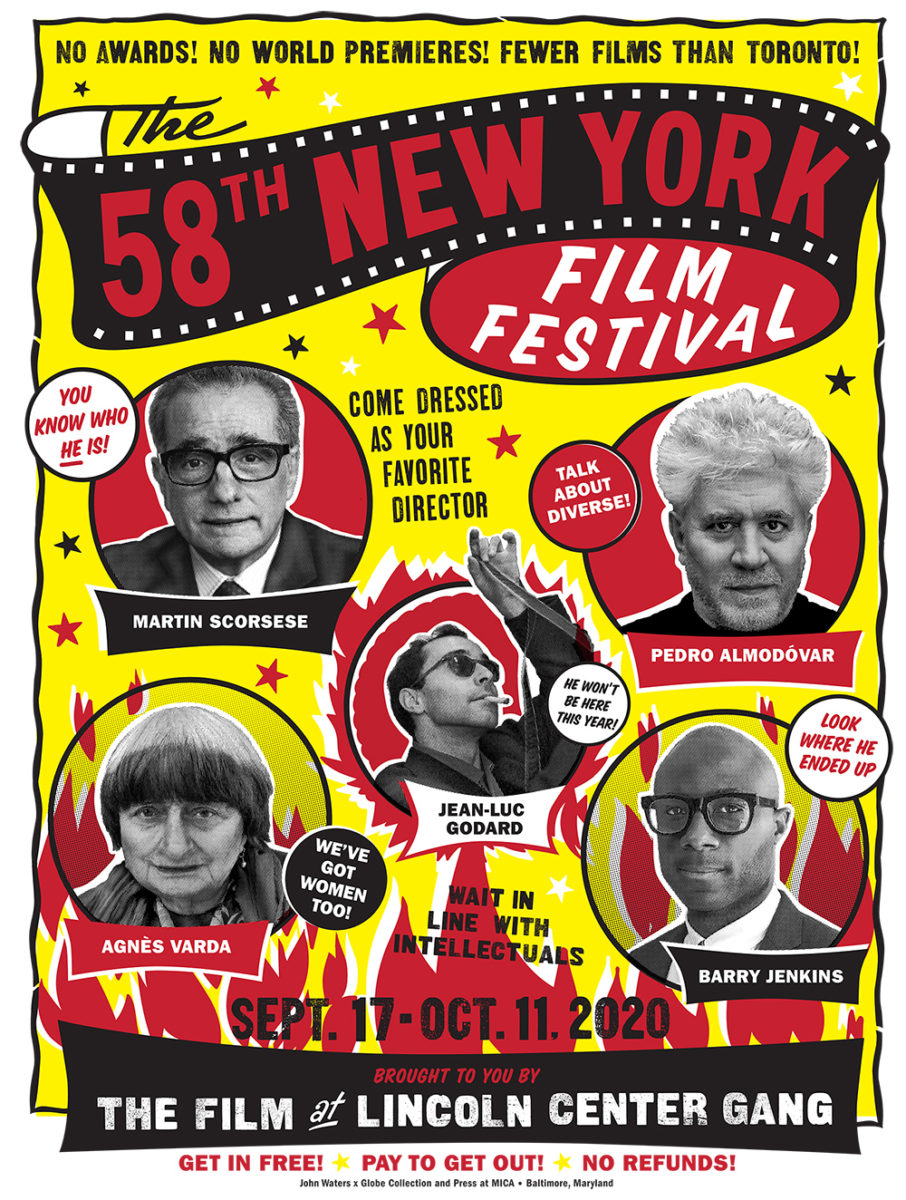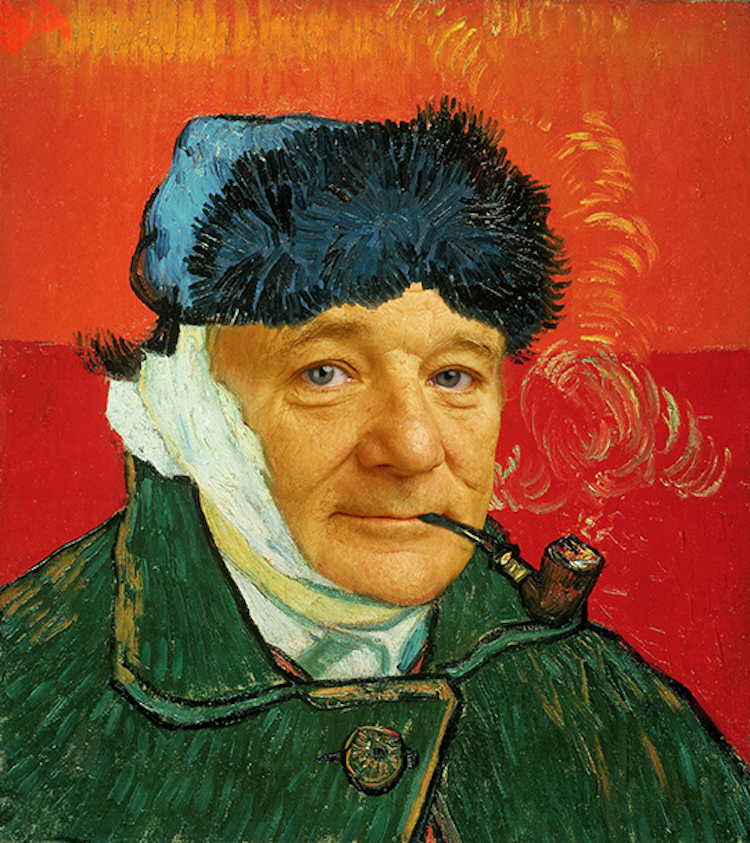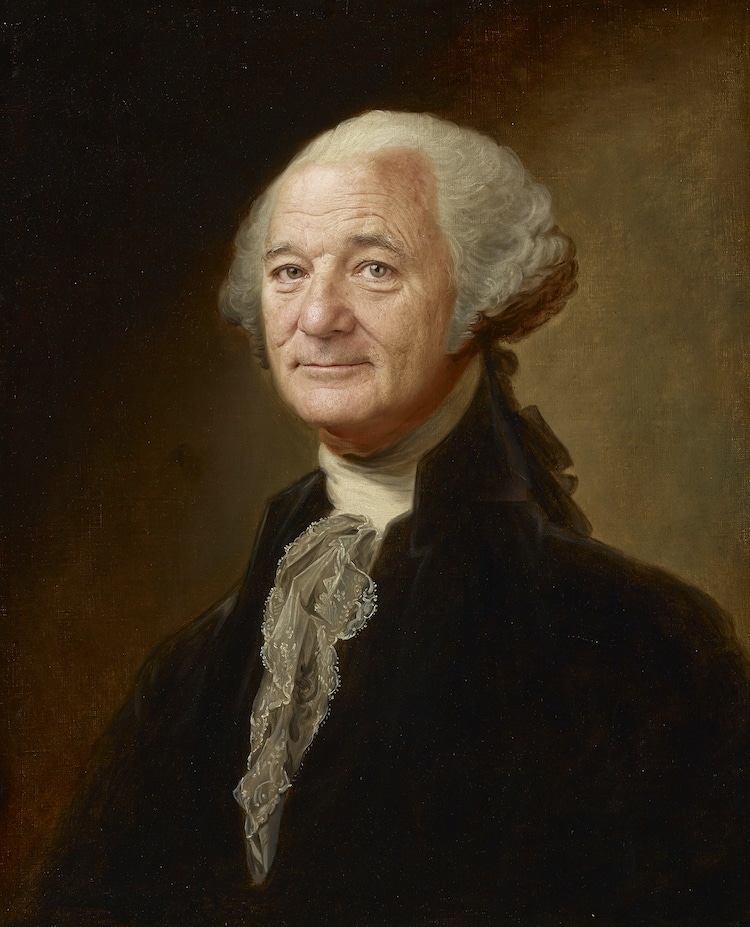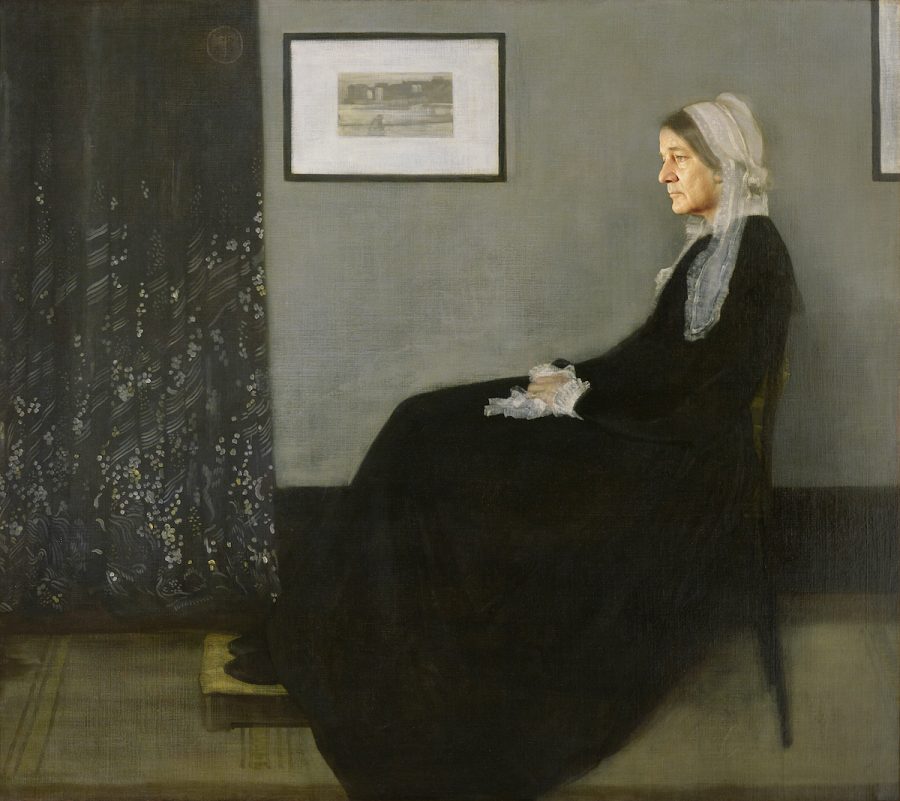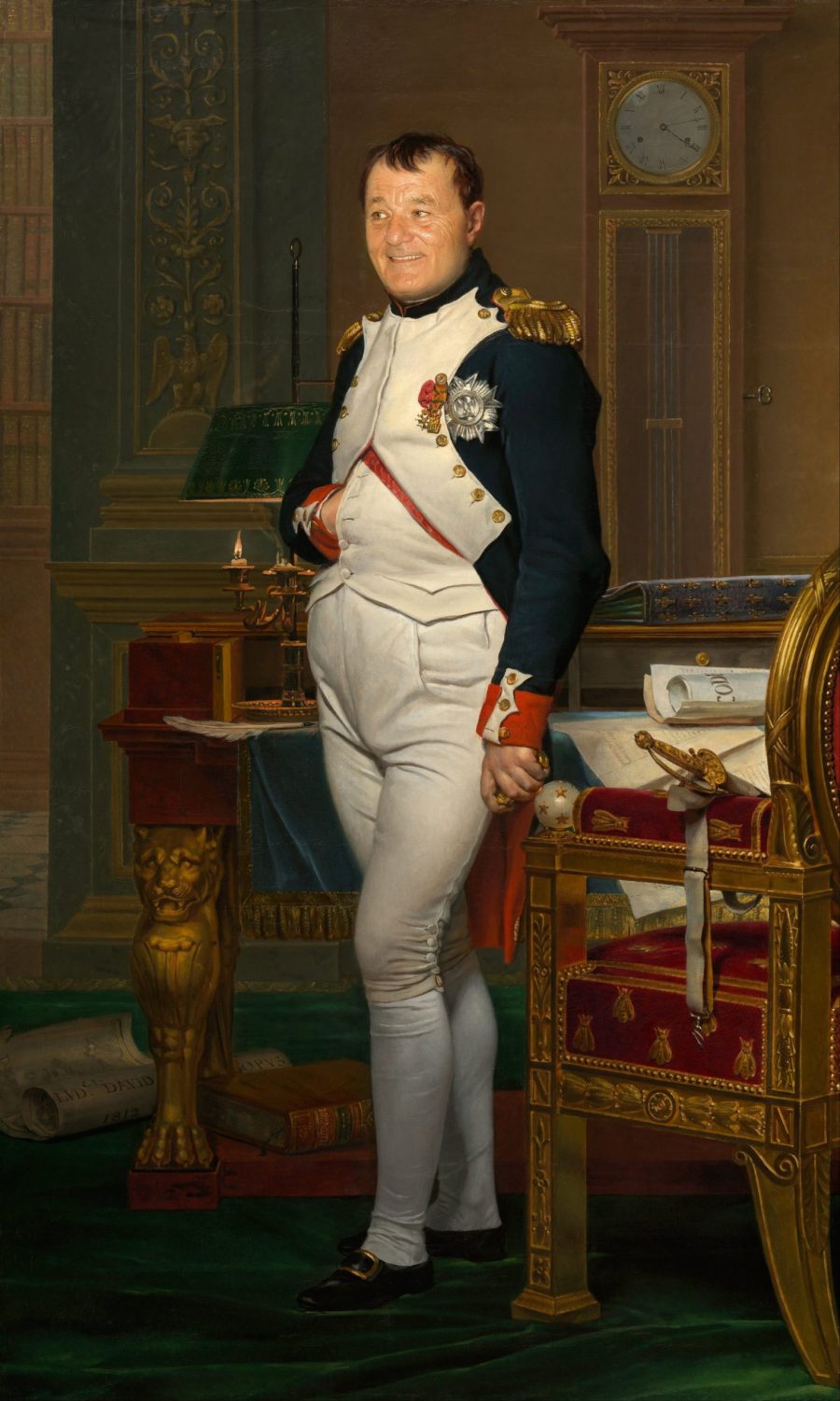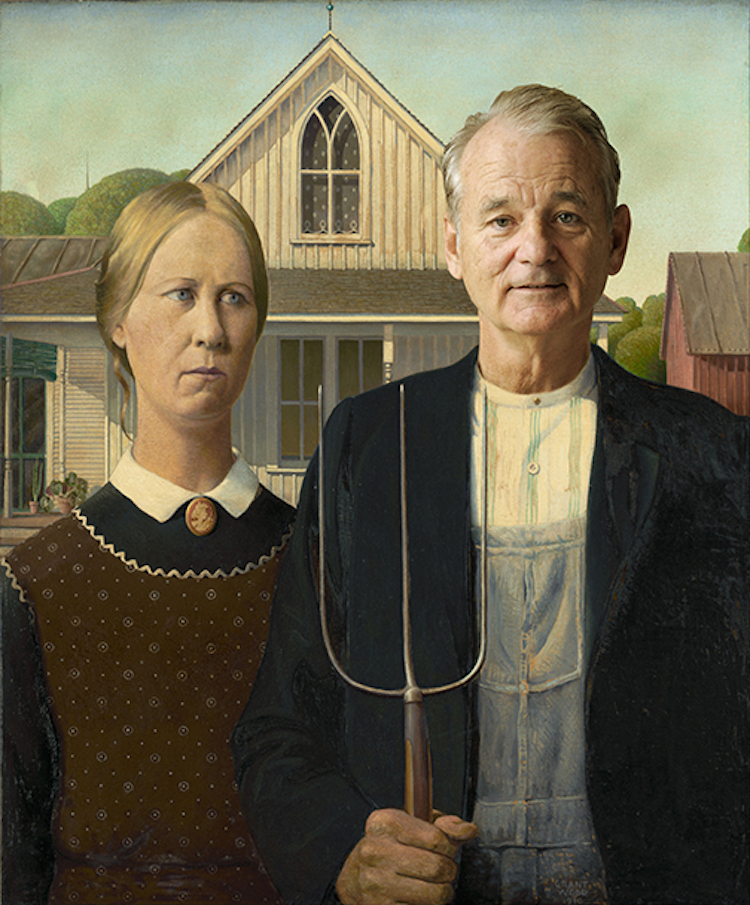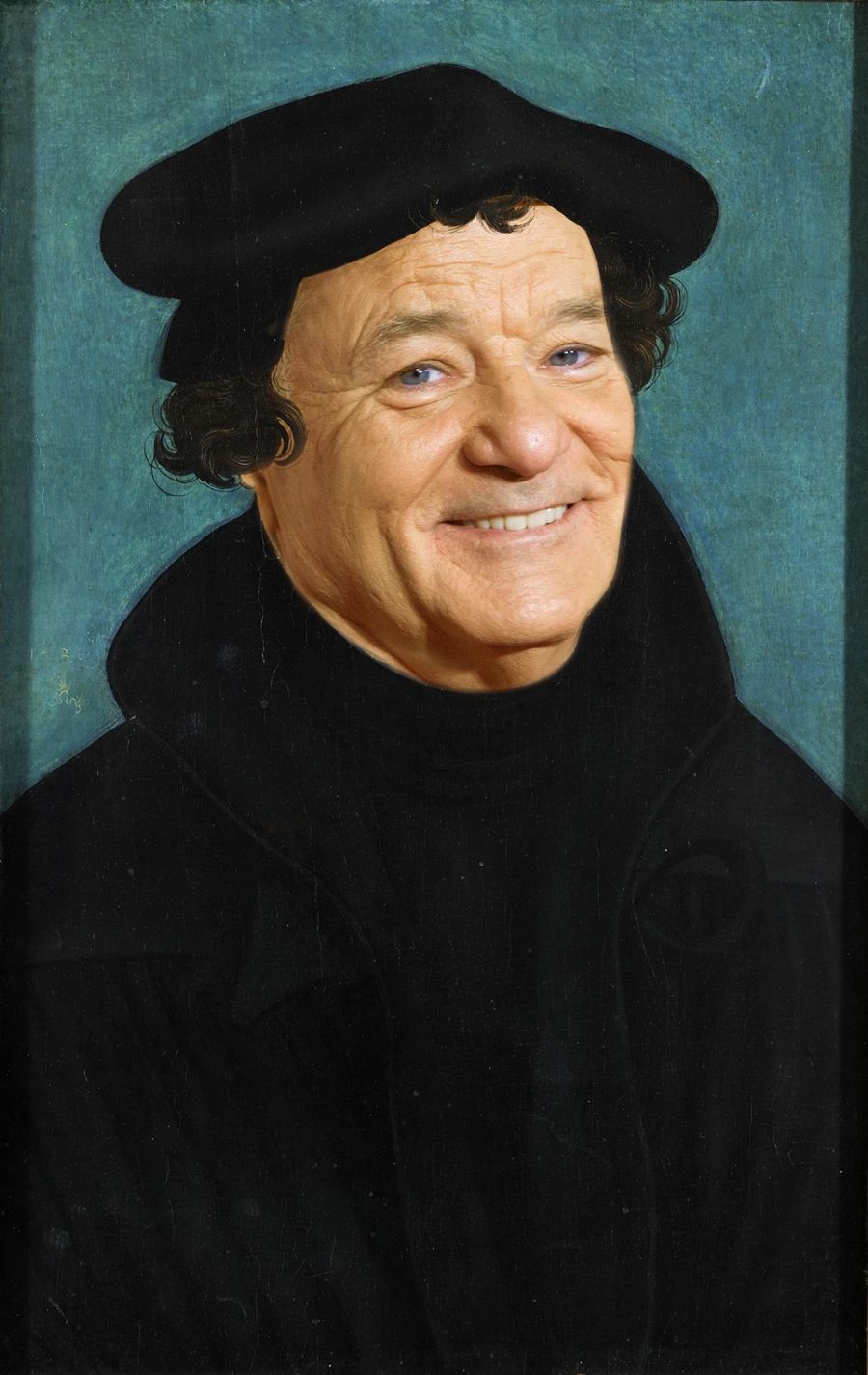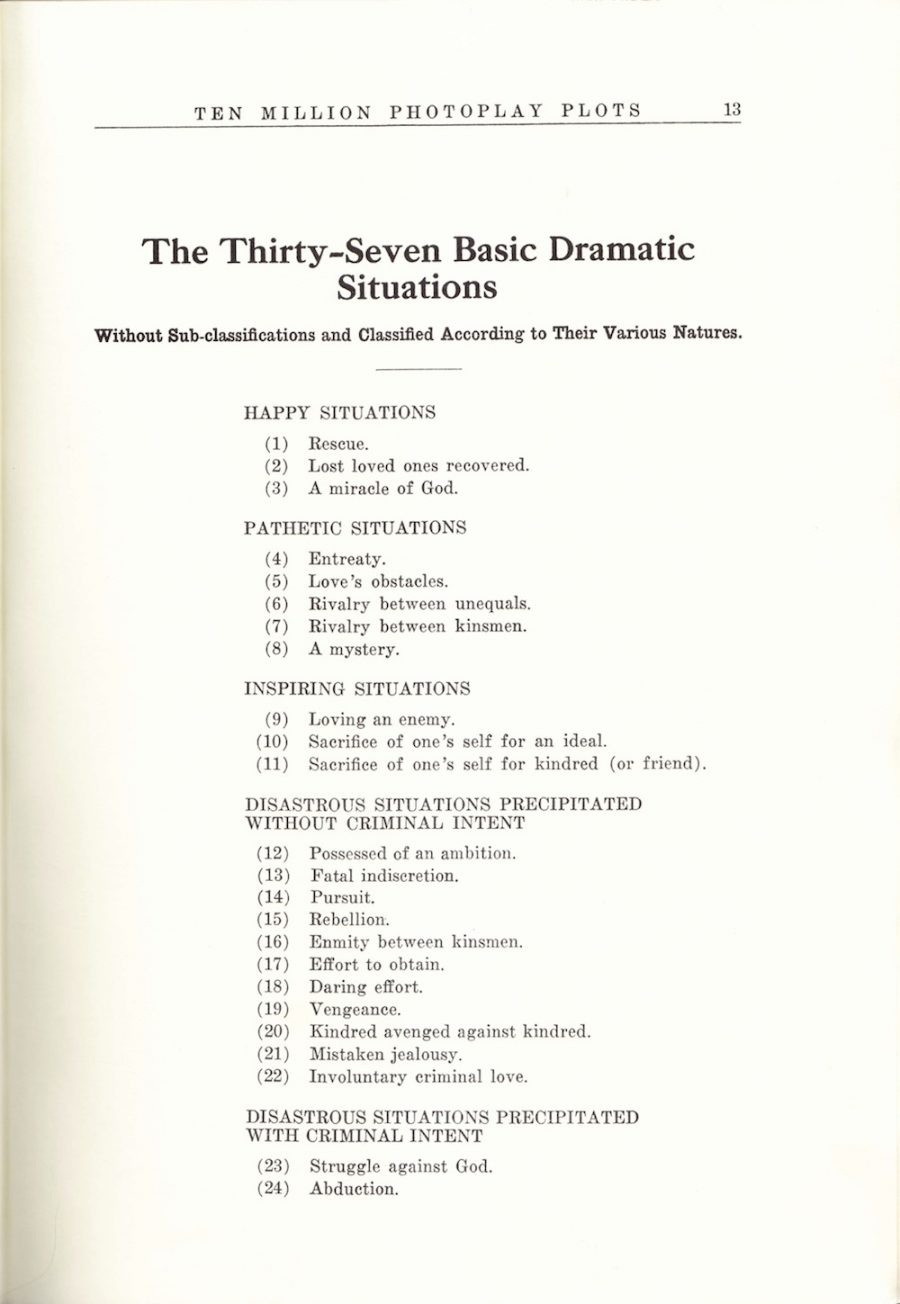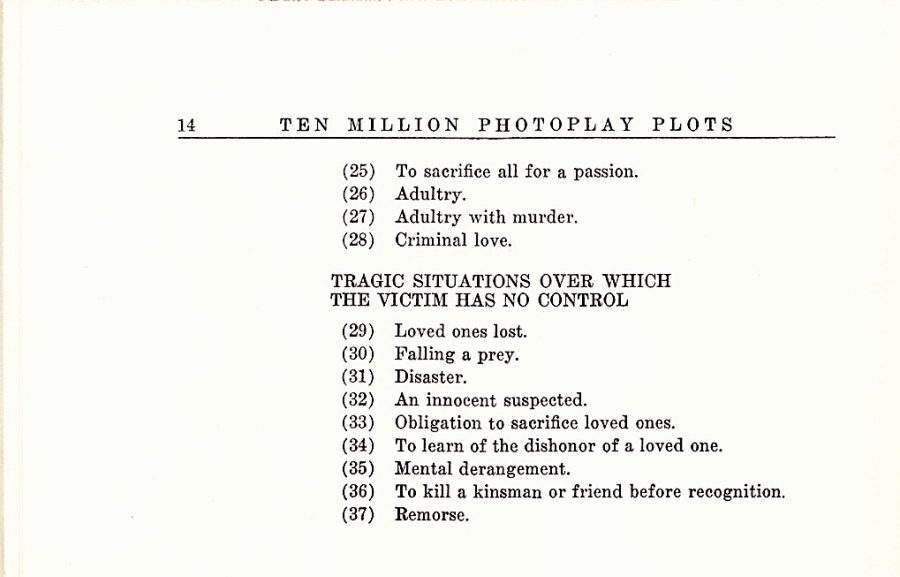What sort of art will emerge from this unprecedented moment in history, when the global coronavirus pandemic and the Black Lives Matter movement grew exponentially, and synchronously.
And not to presume, but to hope, what will humans think of that literature in 50 or 100 years’ time?
Over the course of a not quite hour-long American Masters episode devoted to author Ursula LeGuin, flux emerges as a major theme of the science fiction pioneer’s life and work.
The youngest child of A.L. Kroeber, the founder of academic anthropology, LeGuin, who died in 2018, criticized herself for having been slow to open her eyes to the injustice around her.
It became a preoccupation in stories like The Ones Who Walk Away from Omelas, a thought experiment in which the reader must consider the ethics of a prosperous happy society, whose good fortune depends on the suffering of a captive child.
The Dispossessed arose from her curiosity as to what “a genuine, working anarchist society (would) be like.”
(Answer: flawed, like every other human society.)
One of her best known books, The Left Hand of Darkness, published in 1969, prefigured the coming battle for gender equality, and so much more, by creating a truly gender fluid world in which the androgynous inhabitants’ monthly periods of sexual activity conferred temporarily male or female biological status at random.
It was hailed as a feminist groundbreaker, but as time went on, LeGuin found herself in hot water for having gone with the masculine pronoun as a default way of referring to her androgynous characters:
At first, I felt a little bit defensive, but, as I thought about it, I began to see my critics were right. I was coming up against how I write about gender equality.
My job is not to arrive at a final answer and just deliver it.
I see my job as holding doors open or opening windows, but who comes in and out the doors? What do you see out the window? How do I know?
The book is still in print, should new generation of readers feel compelled to plumb the text for problematic passages. Why should the many reflections, essays, and think pieces that marked the 50th anniversary of its publication be the last word?
Worlds of Ursula K. Le Guin is available to stream for free on PBS through Monday August 31, along with four other American Masters episodes featuring artists who, like Le Guin, broke the existing molds:
Terrence McNally: Every Act of Life
Over a six-decade career, four-time Tony-winner and outspoken LGBTQ activist Terrence McNally wrote dozens of trailblazing plays, musicals, operas and screenplays about sexuality, homophobia, faith, and the power of art.
Raúl Juliá: The World’s a Stage
The charismatic actor from Puerto Rico was celebrated for the range and versatility he brought to roles on stage and screen, from Shakespearean plays to the “The Addams Family.” Though his career was cut short by his death at age 54, he paved the way for generations of Latinx actors.
Rothko: Pictures Must be Miraculous
One of the most influential artists of the 20th century, Mark Rothko’s signature style helped define Abstract Expressionism. The celebrated painter’s luminous paintings now set records at auction, and are seen by millions in London, Washington, D.C. and at the famous Rothko Chapel in Houston.
Scott Momaday: Words from a Bear
A formative voice of the Native American Renaissance in art and literature, author and poet N. Scott Momaday was the first Native American to win the Pulitzer Prize.
Here’s to ever-evolving worlds, and acknowledging the contributions of those who helped make this change possible.
Stream the five PBS American Masters episodes mentioned above for free through the end of August here.
Related Content:
Ursula K. Le Guin’s Daily Routine: The Discipline That Fueled Her Imagination
Ursula K. Le Guin Names the Books She Likes and Wants You to Read
Hear Neil Gaiman Read a Beautiful, Profound Poem by Ursula K. Le Guin to His Cousin on Her 100th Birthday
Ayun Halliday is an author, illustrator, theater maker and Chief Primatologist of the East Village Inky zine. Follow her @AyunHalliday.
